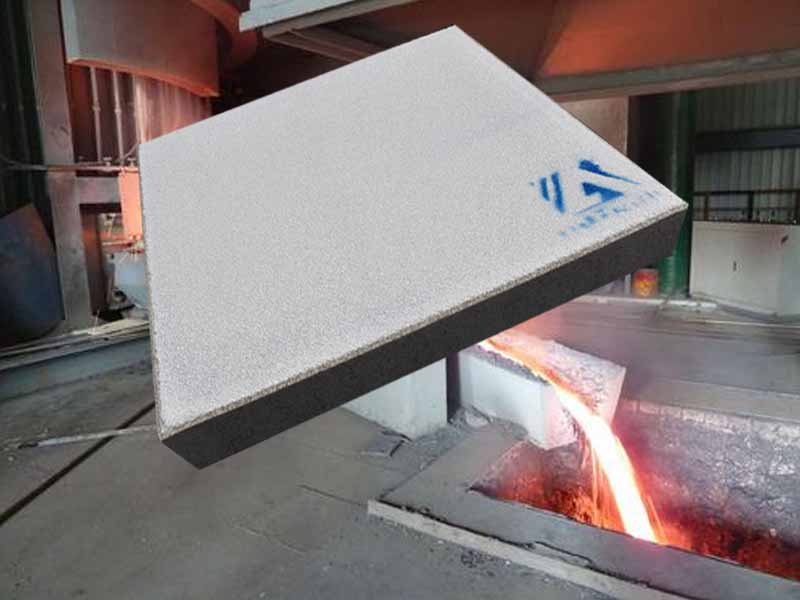
23 11月 Ceramic Filter Egyptalum
Ceramic Filter Egyptalum should be heated to close to the melt temperature before filtering to ensure that no metal solidifies and blocks the holes when the aluminum liquid flows to the ceramic foam filter.
The basic requirements for foam ceramic filter plates are
1. It has sufficient room temperature and high temperature strength to ensure that it will not be damaged during transportation, installation and use.
2. It has high chemical stability, does not react with aluminum melt in the working temperature range, and does not cause harm to aluminum liquid and the environment.
3. It has sufficient through porosity and liquid aluminum permeability to ensure smooth filtration during production.
4. Has a high resistance to rapid cold and heat. For this reason, the filter plate should have a small thermal expansion coefficient and not crack when heated.
Let the aluminum melt pass through the Ceramic Filter Egyptalum to separate the solid inclusions suspended in the melt.
According to the filtering properties, the filtering methods of aluminum alloy melt can be divided into two types: surface filtering and deep filtering.
According to the filter material, it can be divided into three types: mesh material filter, block material filter and liquid layer filter.
At present, the most widely used block material filtration in aluminum foundries includes foam ceramic filtration, tubular filtration and deep bed filtration.

Egyptalum’s technologist said that during the casting of aluminum ingots and rods, the following processes should be paid attention to
Ordinary semi-continuous ingots, due to the shrinkage of the condensed shell in the mold and the formation of air gaps, often cause serious segregation nodules, coarse-grained layers and surface cracks on the surface of the ingots.
At the same time, if the liquid level control is unstable, defects such as surface cold barriers and inclusions often occur.
In recent years, on the basis of buoy casting, new casting technologies have been developed, such as ordinary hot top casting, same level hot top casting, gas pressurized hot top casting and gas sliding hot top casting.
Ordinary hot-top casting is to place a bottomless light-weight thermal insulation material storage tank connected with the launder at the upper end of the crystallizer.
The inner diameter of the storage tank is smaller than the diameter of the mold cavity, and the distance between its protrusion and the inner wall of the mold is 0-3.2m. The melt in the storage tank is stable above the liquidus temperature, and the melt does not crystallize. This is the so-called “Hot Top”.
There is a high-purity graphite sleeve at the lower part, which plays the role of shaping and sizing the ingot, and also has a certain lubricating effect. During casting, the melt level in the storage tank is at the same level as the melt in the launder.
The characteristics of ordinary hot top casting are that the height of the effective crystallization zone in the mold is reduced, the secondary direct water cooling effect is strengthened, the undesirable effect of the air gap generated by the traditional method is eliminated, and the surface quality of the ingot is significantly improved.
The primary and secondary cooling are closely connected to increase the cooling rate, and the casting speed is 10%-20% higher than the traditional method.
The traditional tools such as flow plate, flow tube, and float funnel are eliminated, there is no metal flow drop, and defects such as slag inclusion and pores are reduced, and the internal quality of the ingot is improved.
The upper part of the mold has good heat preservation performance, allows lower casting temperature, the crystal structure of the ingot is fine and uniform, the segregation is small, the performance of the ingot is improved, the operation is simple, and the production efficiency is high.
الترجمة العربية
قال تقني شركة Egyptalum أنه أثناء صب سبائك وقضبان الألومنيوم ، يجب الانتباه إلى العملية التالية
السبائك العادية شبه المستمرة ، بسبب انكماش الغلاف المكثف في القالب وتشكيل فجوات هوائية ، غالبًا ما تسبب عقيدات فصل خطيرة وطبقات خشنة الحبيبات وتشققات سطحية على سطح السبائك.
في الوقت نفسه ، إذا كان التحكم في مستوى السائل غير مستقر ، فغالبًا ما تحدث عيوب مثل حواجز البرودة السطحية والشوائب.
في السنوات الأخيرة ، على أساس صب العوامة ، تم تطوير تقنيات صب جديدة ، مثل صب القمة الساخنة العادية ، نفس المستوى من صب القمة الساخنة ، صب القمة الساخنة المضغوط بالغاز والصب الساخن المنزلق بالغاز.
عادةً ما يتم صب القاع الساخن العادي لوضع خزان تخزين مواد عازلة للحرارة خفيف الوزن بدون قاع متصل بالغسيل في الطرف العلوي من جهاز التبلور.
القطر الداخلي لخزان التخزين أصغر من قطر تجويف القالب ، والمسافة بين نتوءه والجدار الداخلي للقالب هي 0-3.2 م.ذوبان خزان التخزين مستقر فوق درجة حرارة السائل ، و لا يتبلور الذوبان ، وهذا ما يسمى بـ “القمة الساخنة”.
يوجد غلاف جرافيت عالي النقاء في الجزء السفلي ، والذي يلعب دور تشكيل وتغيير حجم السبيكة ، وله أيضًا تأثير تزييت معين. أثناء الصب ، يكون مستوى الذوبان في خزان التخزين في نفس مستوى الذوبان في الغسالة.
تتمثل خصائص صب القمة الساخنة العادية في تقليل ارتفاع منطقة التبلور الفعالة في القالب ، وتقوية تأثير تبريد الماء المباشر الثانوي ، وإزالة التأثير غير المرغوب فيه لفجوة الهواء الناتجة عن الطريقة التقليدية ، وجودة السطح تم تحسين السبيكة بشكل ملحوظ.
يرتبط التبريد الأولي والثانوي ارتباطًا وثيقًا لزيادة معدل التبريد ، وتكون سرعة الصب أعلى بنسبة 10٪ -20٪ من الطريقة التقليدية.
يتم التخلص من الأدوات التقليدية مثل لوحة التدفق وأنبوب التدفق وقمع الطفو ، ولا يوجد انخفاض في تدفق المعدن ، ويتم تقليل العيوب مثل تضمين الخبث والمسام ، وتحسين الجودة الداخلية للسبائك.
يتميز الجزء العلوي من القالب بأداء جيد في الحفاظ على الحرارة ، ويسمح بتدني درجة حرارة الصب ، والبنية البلورية للسبيكة جيدة وموحدة ، والفصل صغير ، وتحسين أداء السبيكة ، والعملية بسيطة ، وكفاءة الإنتاج عالية.


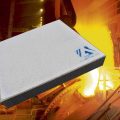
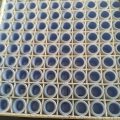
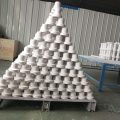
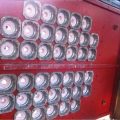
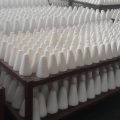
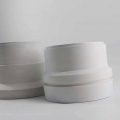
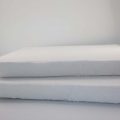
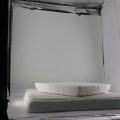
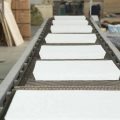
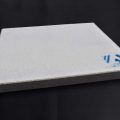
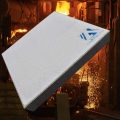
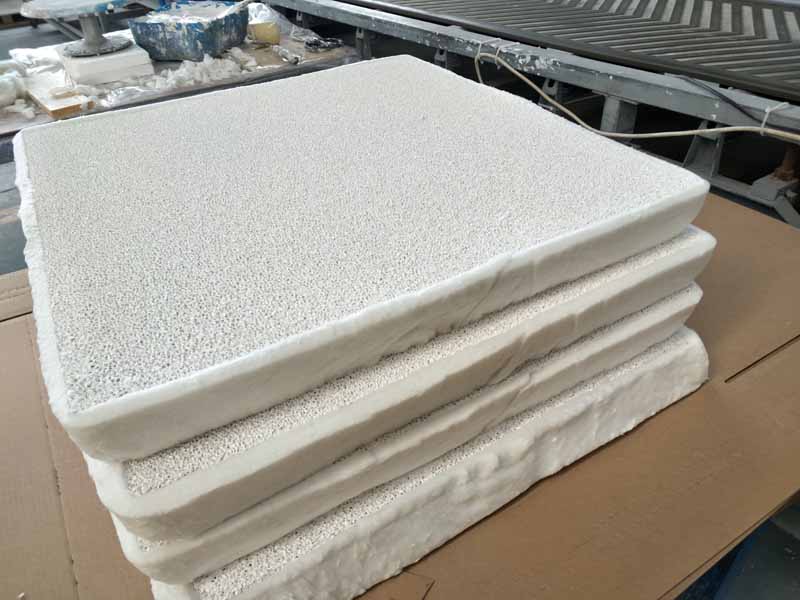
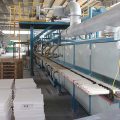
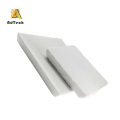
No Comments